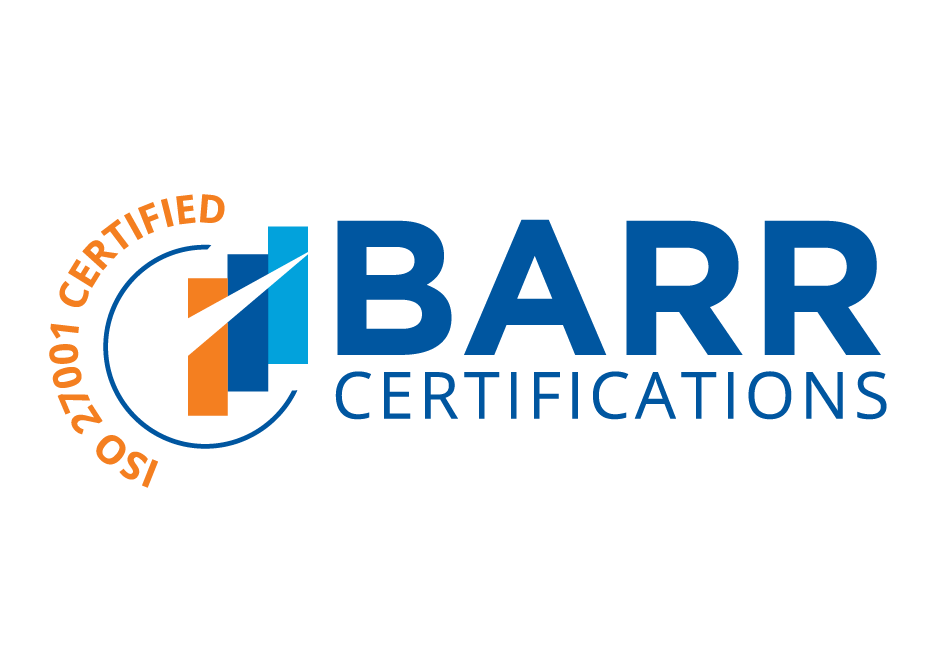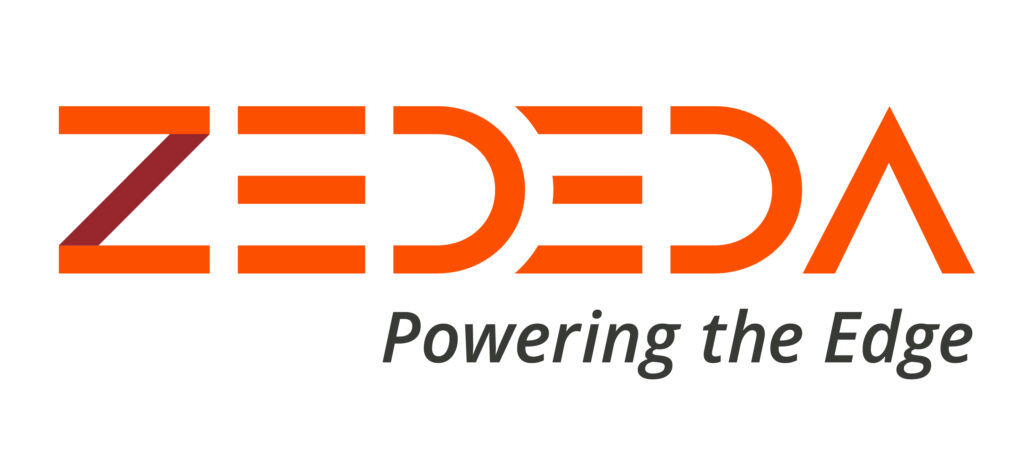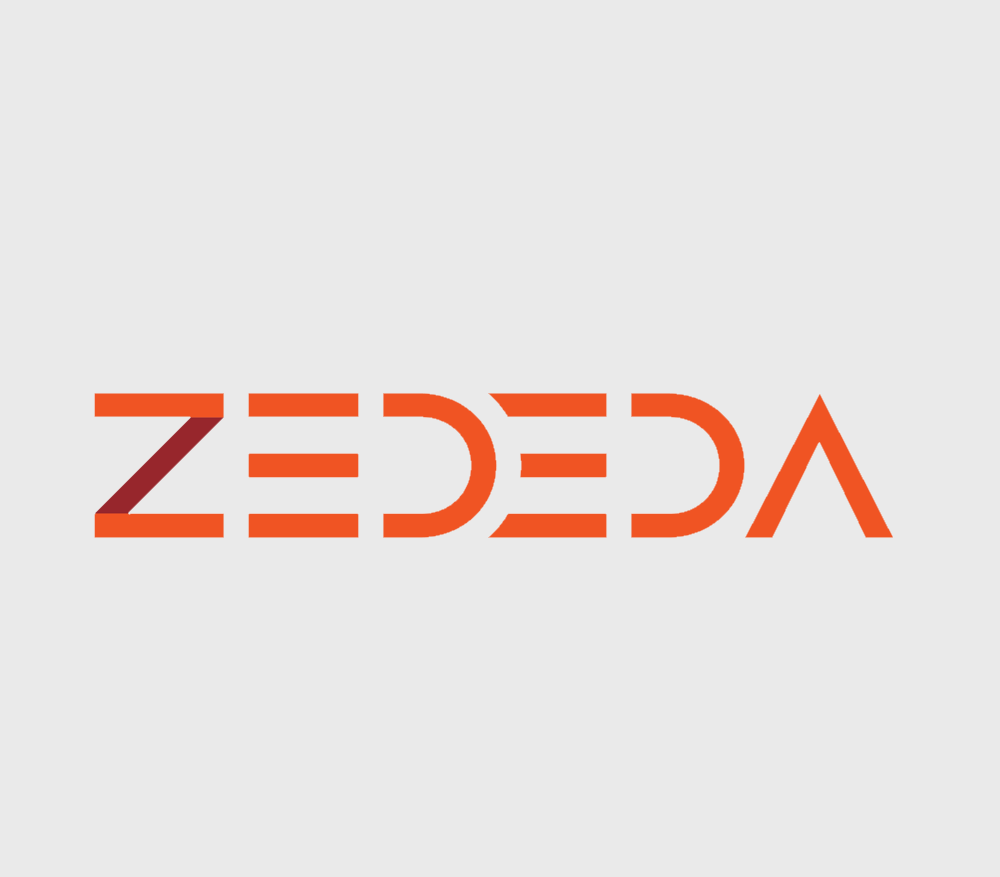
Thanks for continuing to read this series on ecosystem development and the importance of an open edge for scaling to the true potential of digital transformation — interconnected ecosystems that drive new business models and customer outcomes. In parts one and two, I talked about various ecosystem approaches spanning open and closed philosophies, the new product mindset related to thinking about the cumulative lifetime value of an offer, and the importance of the network effect and various considerations for building ecosystems. This includes the dynamics across both technology choices and between people.
In this final installment I’ll dive into how we get to “advanced class,” including the importance of domain knowledge and thinking about cumulative value add vs. solutions looking for problems that can be solved in other, albeit brute force, ways.
As a reminder, if you want to learn more on ecosystems and beyond, registration is now open for our free half-day virtual ecosystem launch event. Called ZEDEDA Transform, it’s our inaugural industry conference and promises to be jam-packed with great information from leading tech providers, analysts and influencers!
Getting to advanced class
I talked about the importance of compounding value in part one of this series and will touch on this concept a little more here, in addition to the criticality of domain knowledge. Speaking of the later, hundreds of IoT platform providers claim they can do a use case like Predictive Maintenance (PdM) but few actually have the domain knowledge to do it. A PdM solution not only requires analytics tools and data science but also an intimate knowledge of failure patterns based on various attributes (vibration, oil particulates, temperature, motor current, etc.). Often an operator on a factory floor that has “been there done that” sits alongside a data scientist to help program the analytics algorithms based on his/her tribal knowledge. A former colleague once worked on a PdM solution with a line operator named Brad, who was the expert that helped the data scientist understand what machine and process behaviors were non-issues, despite looking like bad news, and vice versa. They jokingly called the end result “Bradalytics”.
Further, there’s a certain naivety in the industry today in terms of pushing IoT solutions when there’s already established “good enough” precedent. In the case of PdM, manual data acquisition with a handheld vibration meter once a month or so is a common practice to accurately predict impending machine failures because these failures don’t typically happen overnight. An industrial operator can justify this manual data collection as OpEx and the only thing permanently installed on their machines are brass pads that indicate where to apply the contact-based handheld sensor, from which data is manually loaded into an analytical tool.
Similar manual procedures are all too common in other industries, such as USB data loggers used to monitor temperature in cold chain logistics operations. In another example, structural engineers have historically used the practice of attaching an expensive sensor package to monitor the structural integrity of a bridge or building for a few weeks, only to then move this equipment on to the next piece of infrastructure.
The promise of IoT is that this instrumentation is becoming so inexpensive that it can be deployed permanently everywhere for acquiring real-time data from the physical world; however, the value of deploying this infrastructure still must be greater than the cost of deploying and maintaining it through its full lifecycle in addition to the associated risk in terms of maintaining security and privacy.
Don’t get me wrong — PdM enabled by IoT is a valuable use case — despite machines typically failing over a long period of time it’s expensive to roll a truck to do repairs, especially if an industrial process experiences a loss of production. For example, downtime in a major jetliner factory can be upwards of $20k a minute! It’s just important to think about the big picture and whether you’re trying to solve a problem that has already been solved.
Looking at the bigger picture, a supply chain linked to a manufacturing process is a great example of an ecosystem that easily justifies an IoT solution for real-time monitoring and analytics. In a multi-stage manufacturing operation, the cost of discovering a flaw within a given part increases steadily with each process stage. The cost is even higher if that part gets into the supply chain and it’s higher yet if a defective product gets to a customer, not to mention impacting the manufacturer’s brand. Here the cumulative value of instrumenting throughout the product lifecycle is very high and definitely warrants a solution that can report issues the moment they occur.
Speaking of the holistic value that I touched on in part one and above, the real potential is not just the remote monitoring of a single machine, rather a whole fleet of interconnected machines. Imagine a world where you can send a tech out with work instructions to preventatively repair a fleet of machines in order to get the most out of a truck roll to a given location. This is similar to the story of “Fred and Phil” in part one, in which Phil wanted the propane tanks to be bone dry before rolling a truck. And on top of that — imagine that the algorithm could tell you that it will cost you less money in the long run to replace a specific machine altogether, rather than trying to repair it yet again.
It goes beyond IoT and AI, last I checked, systems ranging from machines to factory floors and vehicles are composed of subsystems from various suppliers. As such, open interoperability is also critical when it comes to Digital Twins. I think this is a great topic for another blog!
Sharpening the edge
In my recent Edge AI blog I highlighted the new LF Edge taxonomy white paper and how we think this taxonomy will help put an end to the current market confusion caused by various industries (cloud, telco, IT, OT/industrial, consumer) defining the edge with a strong bias towards their interests/PoV, not to mention taxonomies that use ambiguous terms such as “thin and thick” and “near and far” that mean different things to different people. The team at ZEDEDA had a heavy hand in shaping this with the LF Edge community. In fact, a lot of the core thinking stems from my “Getting a Deeper Edge on the Edge” blog from last year.
As highlighted in the paper, the IoT component of the Smart Device Edge (e.g., compared to client devices like smartphones, PCs, etc. that also live at this sub-category) spans a single node with 256MB of memory up to a small server cluster, deployed outside of a physically-secure data center or Modular Data Center (MDC). The upper end of this spectrum is increasingly blurring into the Kubernetes paradigm thanks to efforts like K3S. However, due to resource constraints and other factors these nodes will not have the exact same functionality as higher edge tiers leveraging full-blown Kubernetes.
Below the Smart Device Edge is the “Constrained Device Edge”. This sub-tier consists of a highly fragmented landscape of microcontroller-based devices that typically have their own custom OTA tools. Efforts like Microsoft’s Sphere OS are trying to address this space and it’s important to band together on efforts like this due to the immense fragmentation at this tier.
Ultimately it’s important to think of the edge to cloud as a continuum and that there isn’t an “industrial edge” vs. an “enterprise edge” and a “consumer edge” as some would contend. Rather, it’s about building an ecosystem of technology and services providers that create necessarily unique value-add on top of more consistent infrastructure while taking into account the necessary tradeoff across the continuum.
We build the guts so you can bring the glory
You can think of ZEDEDA’s SaaS-based orchestration solution as being like VMware Tanzu in principle (in the sense that we support both VMs and containers) but optimized for IoT-centric edge compute hardware and workloads at the “Smart Device Edge” as defined by the LF Edge taxonomy. We’re not trying to compete with great companies like VMware and Nutanix who shine at the On-prem Data Center Edge up through the Service Provider Edge and into centralized data centers in the cloud. In fact, we can help industry leaders like these, telcos and cloud service providers extend their offerings including managed services down into the lighter compute edges.
Our solution is based on the open source Project EVE within LF Edge which provides developers with maximum flexibility for evolving their ecosystem strategy with their choice of technologies and partners, regardless of whether they ultimately choose to take an open or more closed approach. EVE aims to do for IoT what Android did for the mobile component of the Smart Device Edge by simplifying the orchestration of IoT edge computing at scale, regardless of applications, hardware or cloud used.
The open EVE orchestration APIs also provide an insurance policy in terms of developers and end users not being locked into only our commercial cloud-based orchestrator. Meanwhile, it’s not easy to build this kind of controller for scale, and ours places special emphasis on ease of use in addition to security. It can be leveraged as-is by end users, or white-labeled by solution OEMs to orchestrate their own branded offers and related ecosystems. In all cases, the ZEDEDA cloud is not in the data path so all permutations of edge data sources flowing to any on-premises or cloud-based system are supported across a mix of providers.
As I like to say, we build the guts so our partners and customers can bring the glory!
In closing
I’ll close with a highlight of the classic Clayton Christiansen book Innovator’s Dilemma. In my role I talk with a lot of technology providers and end users, and I often see people stuck in this pattern, thinking “I’ll turn things around if I can just do what I’ve always done better”. This goes not just for large incumbents but also fairly young startups!
One interaction in particular that has stuck with me over the years was a IoT strategy discussion with a large credit card payments provider. They were clearly trapped in the Innovator’s Dilemma, wondering what to do about the mobile payment players like Square that had really disrupted their market. As they were talking about how they didn’t want another Square situation to happen again, I asked them “have you thought about when machines start making payments?”. The fact that this blew their minds is exactly why another Square is going to happen to them, if they don’t get outside of their own headspace.
When approaching digital transformation and ecosystem development it’s often best to start small, however equally important is to think holistically for the long term. This includes building on an open foundation that you can grow with and that enables you to focus your investments on business relationships and innovation rather than reinvention. Sure, you may be able to build your own orchestration solution like we have at ZEDEDA, or your own full turn-key stack, but if you do either in a proprietary silo then you’ve just locked yourself out of the biggest potential — creating a network effect across various markets through increasingly interconnected ecosystems! Again, imagine if the internet was owned by one company.
We invite you to get involved with Project EVE, and more broadly-speaking LF Edge as we jointly build out this foundation. You’re of course free to build your own controller with EVE’s open APIs, or reach out to us here at ZEDEDA and we can help you orchestrate your commercial IoT edge ecosystem. We’re here to help you start small and scale big and have a growing entourage of technology and service partners to drive outcomes for your business.
Thanks for reading, remember to register for our August 19 virtual ecosystem launch event and in the meantime feel free to drop me a line with any comments or questions. And stay tuned for more blogs on IoT, Edge and beyond! @defshepherd




